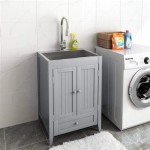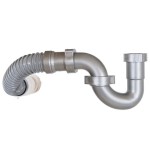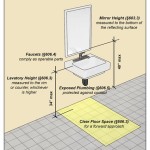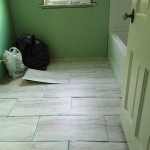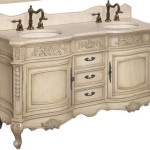Bathroom Sink Pipe Fittings: An Essential Guide
Bathroom sink pipe fittings play a crucial role in a functional and aesthetically pleasing bathroom. They connect the sink to the water supply and drainage system, ensuring a smooth and reliable flow of water. A comprehensive understanding of these fittings is essential for homeowners, plumbers, and DIY enthusiasts alike. This article delves into the key types of bathroom sink pipe fittings, their functions, and considerations for installation and maintenance.
Types of Bathroom Sink Pipe Fittings
Bathroom sink pipe fittings encompass a wide range of components, each serving a specific purpose. Some common types include:
- Supply Lines: These flexible or rigid tubes connect the water supply source to the sink faucet. They come in different materials, such as copper, braided stainless steel, or PEX, and varying lengths. Some supply lines incorporate shut-off valves for easy water isolation.
- Faucet Connectors: These fittings connect the faucet to the supply lines. They are typically made of brass or chrome and feature various thread sizes and configurations to match different faucet models.
- Drain Traps: These essential components prevent sewer gases from entering the bathroom while allowing water to drain effectively. Common types include P-traps, S-traps, and bottle traps, each offering unique advantages based on space constraints and aesthetics.
- Drain Pipes: These pipes connect the drain trap to the main drain line. They are available in various materials, such as PVC, ABS, or copper, and sizes to accommodate the sink's drainage capacity.
- Pop-Up Drain Assemblies: These assemblies control the water flow from the sink. They consist of a drain plug, a lift rod, and a lever or button that allows users to open and close the drain.
- Tailpieces: These short pipes connect the drain trap to the sink's drain outlet. They are available in different lengths and materials, offering flexibility in installation.
Understanding Installation Considerations
Correct installation of bathroom sink pipe fittings is paramount for both functionality and longevity. Here are key factors to consider:
- Material Compatibility: Ensure that the materials of the fittings are compatible with the sink, plumbing system, and local codes. For example, copper pipes should not be directly connected to PVC pipes without a transition fitting.
- Thread Sizes: Different fittings have different thread sizes, so ensuring compatibility between the faucet, supply lines, and drain components is crucial.
- Proper Sealing: Using plumbers' tape or pipe thread sealant is essential to prevent leaks at the connections. Applying the sealant correctly to the threads and ensuring proper tightening is crucial for a leak-free installation.
- Water Pressure: The water pressure in the bathroom can affect the performance of the sink and the fittings. If the pressure is too high, it can cause leaks or damage to the fittings over time. Consider installing a pressure regulator if necessary.
- Access Panels: Providing access panels for plumbing components, such as the trap and supply lines, allows for easier maintenance and repairs.
Maintenance and Troubleshooting
Regular maintenance can extend the lifespan of bathroom sink pipe fittings and prevent costly repairs. Here are some essential tips:
- Periodic Inspections: Inspect the fittings for signs of leaks, corrosion, or loose connections. Tighten any loose fittings or replace damaged components promptly.
- Clean Drain Traps: Remove and clean the drain trap regularly to prevent clogs and odor buildup. Use a drain cleaner or a combination of baking soda and vinegar to clean the trap effectively.
- Replace Worn-Out Components: Replace old or worn-out fittings, such as supply lines, drain traps, and pop-up drain assemblies, before they fail and cause water damage.
- Address Leaks Promptly: Leaks can indicate a faulty fitting or a more serious plumbing problem. Address leaks promptly to prevent water damage and further deterioration.
This article has provided an overview of bathroom sink pipe fittings and their importance in a functional bathroom. By understanding the different types of fittings, following installation guidelines, and practicing regular maintenance, homeowners can ensure a reliable and trouble-free sink system for years to come.

Types Of Pipe Fittings The Home Depot

1 Inch Bathroom Fittings Cpvc And Pvc Pipe Works

Basin Fitting Pack In Chrome Kohler

Pvc Pipe Fitting Information Engineering Discoveries Fittings

Traps Pipe Fittings Fix A Tap

20 Mm Stainless Steel Sink Connection Pipe For Bathroom Fittings

How To Install A Flexible Waste Pipe When The Drain Doesn T Line Up Sink Plumbing Bathroom Diy Vanity

Sanitary Fittings Precision Casting Chinese Made Faucet Stainless Steel Bathroom Sink Kitchen Plumbing China Spare Parts In Com

Bathroom Fittings Round Waste Trap Pipe And Sink Siphon Drainer Kit Pop Up Valve Set Drain Tube China Sewer Made In Com

Fossa 360 Degree Swivel Spout Kitchen Sink Faucet Pipe Fittings Adjustable Temperature Single Handle Connection
Related Posts
